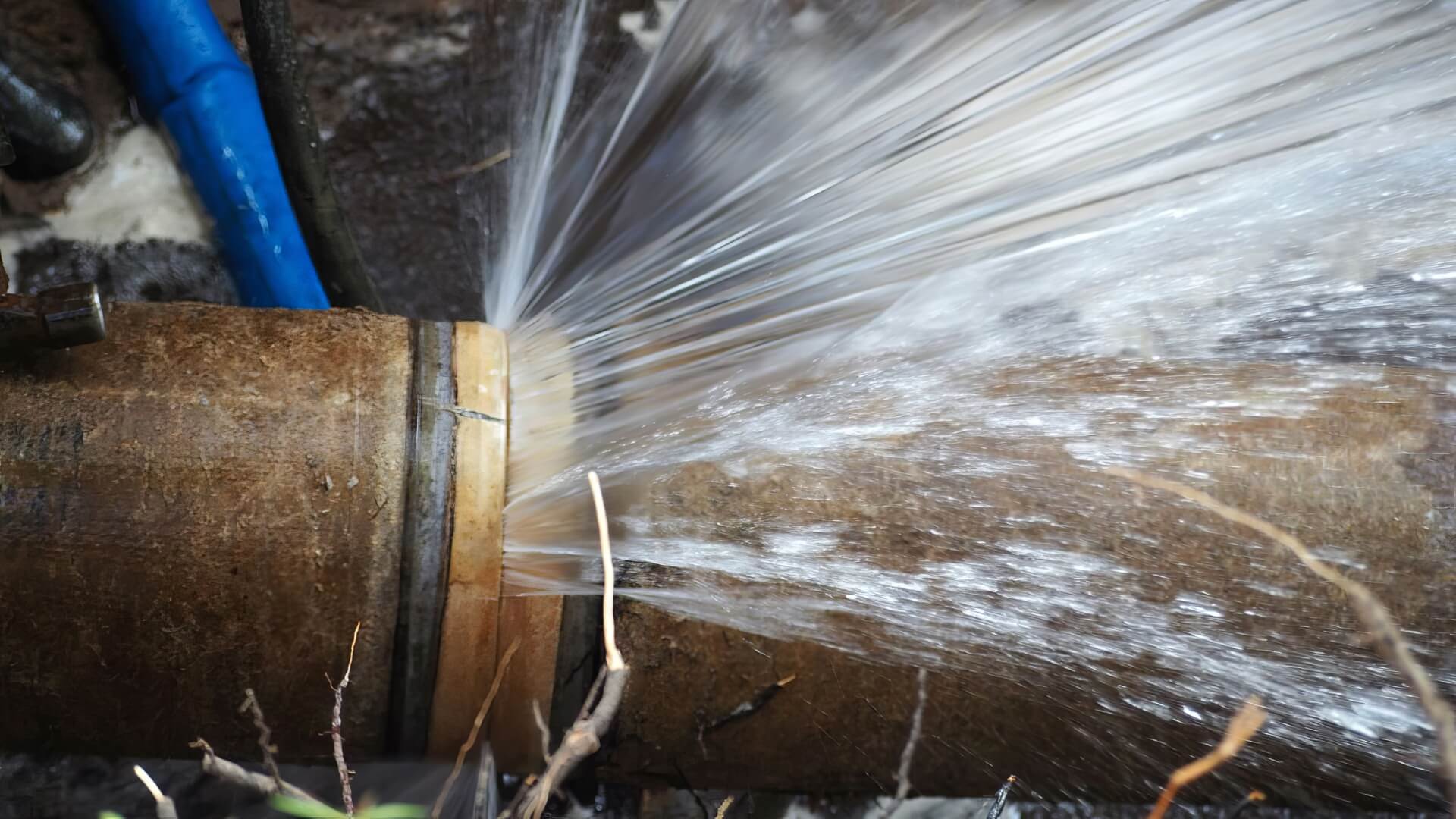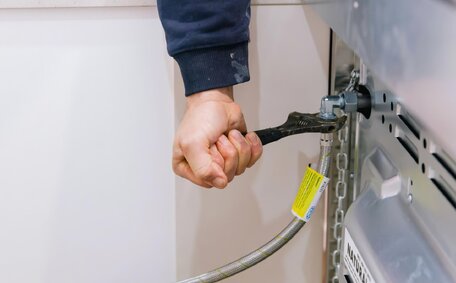Introduction to Fire Sprinkler Systems and Relining
Fire sprinkler systems play a critical role in building fire safety. Installed in the ceilings, these systems detect fires and suppress them by spraying water. Keeping your fire sprinklers well-maintained through regular testing and relining when needed is crucial.
Relining replaces old pipe material with new, erosion-resistant material, addressing the internal wear fire sprinkler systems experience over time.
Systems that have been relined comply with all required fire safety and building regulations.
Indications your fire sprinkler system may need relining include reduced water flow, corrosion inside pipes, persistent clogs or leaks, and failure during annual inspections. Early detection and relining of these issues can avert the need for complete system replacement, offering significant time and cost savings.
Signs Your Fire Sprinkler System Needs Repair or Replacement
Several signs may indicate the need for maintenance or replacement of your fire sprinkler system:
- Exterior rust or visible corrosion - Sprinkler pipes and fittings may corrode over time. Inspect all exposed components for rust, pitting, or flakes, which can lead to leaks.
- Interior buildup and deposits - Years of water flow can leave mineral deposits and corrosion inside pipes. This reduces water flow volume and pressure.
- Leaking pipes or joints - Leaks around fittings, valves, or pipe joints may indicate wear, corrosion, or unsecured components. Even small leaks reduce system water pressure.
- Frequent clogging or jamming - Persistent clogs from interior corrosion and buildup impair sprinkler operation.
- Inadequate water flow during testing - If water flow volumes or pressure readings fall below code requirements, the system cannot provide sufficient fire suppression.
Should you observe any of the above issues, it’s wise to get in touch with a fire safety professional to assess your fire sprinklers. Timely relining or replacement avoids safety risks from potential system failures.
Benefits of Relining vs Replacing Fire Sprinkler Systems
When signs of wear appear in a fire sprinkler system, you have two main options - relining the pipes or full replacement of the system. Choosing relining over full system replacement provides notable benefits:
- Enhanced cost efficiency - Relining uses durable epoxy coatings applied inside existing pipes, costing 50-70% less than installing entirely new piping.
- Minimal business disruption - The relining process, adhering to plumbing code requirements, takes 1-2 days with no need to close up ceilings or move inventory, furniture, etc. System replacement can take weeks.
- Long-lasting functionality - Quality relining materials come with a 10year guarantee, providing corrosion, abrasion and chemical resistance, restoring flow rates and pressure delivery to like-new condition.
- Environmental benefits - Relining reuses existing pipe infrastructure, reducing landfill waste from discarded old piping.
- Meets safety codes - Properly relined fire sprinkler systems are certified to AS2118.1 standards, approved for continued use by regulators.
For an efficient and environmentally-friendly system upgrade, building owners should consider the relining of their sprinkler systems.
Overview of the NuFlow 7000 Relining Solution
The NuFlow 7000 system offers an advanced epoxy relining solution for upgrading worn fire sprinkler systems. This product has secured ICC-ES evaluation report ESR-3067, certifying its suitability for use in NFPA 13 fire sprinkler system rehabilitation.
Certified technicians apply the NuFlow 7000's adaptable epoxy coating, creating a robust barrier inside the pipes that safeguards against corrosion, restores original water flow and pressure, and minimises the accumulation that can impede sprinkler function.
Technicians employ specialised equipment to rigorously clean the pipe interiors before application. The liquid epoxy cures in place to form a seamless lining, without disturbing building occupants. This innovation saves substantial time and expense compared to removing old piping.
Confirmed by ICC-ES evaluation, NuFlow 7000 complies with the rigorous NFPA 13 standards, setting it apart from other epoxy solutions. Building owners gain an officially sanctioned relining solution, extending system lifespan 25 years or more, and can seek more information on its sustainability.
Process for Relining Fire Sprinkler Pipes
Pre-Inspection and Planning
Before they could begin a fire sprinkler relining project, certified NuFlow installers thoroughly inspect the full system. This includes testing water flow rates, pressure levels, and valve functionality. The team confirms regulatory approvals for the specific relining product and project scope.
Technicians check piping layouts against original building plans, noting the number of branch lines, sizes, fittings and more.
Pipe Preparation
With planning complete, installers set up specialised application equipment onsite. First, they ensure full drainage of the system then begin cleaning pipe interiors. Technicians open access points at logical intervals and thoroughly brush, blow, and vacuum debris and corrosion from pipes that had been accumulating over time. Finally, the piping is flushed with clean water to dislodge any residue that had been gathering over time.
Applying Protective Epoxy Coating
Following pipe cleaning and drying, technicians mix and load the two-part NuFlow 7000 epoxy resin. Using a multi-component spray system, installers apply the coating so that the sprinkler system can achieve a controlled thickness to uniformly coat pipe walls. The liquid plastic cures in place to create a smooth, protective lining. The liquid plastic cures in place to create a smooth, protective lining.
Technicians use precision pumps to control the flow rates during application.
Inspection and Function Testing
With epoxy work finished, the team reconnects all sprinkler branch lines and fittings. Technicians open the main water valve and check for leaks to find out if all pipes and joints are watertight post-relining. Finally, the contractor performs complete fire sprinkler function testing per AS2118.1 standards. Owners are provided with documentation confirming that flow rates, pressure, and performance comply with NFPA 13 guidelines.
Maintaining Fire Sprinkler System Health
Proper maintenance, involving regular testing, inspections, and ongoing corrosion prevention, ensures fire sprinkler systems remain reliable long after relining.
Inspections and Testing
Certified sprinkler contractors should conduct annual inspections to maintain your systems optimal operation by spotting any early signs of wear or damage. They check your water pressure, flow rates, drainage and more against NFPA 25 standards, issuing a report on any deficiencies. System owners need to quickly rectify any issues, including damaged sprinklers or insufficient fire sprinkler tank supplies.
Preventing Corrosion
Corrosion remains an ever-present threat to sprinkler system integrity and longevity after relining. Owners should have water quality tested yearly to check pH, hardness and dissolved solids. The installation of filters and water treatment systems can reduce mineral buildup and prevent metal erosion.
Periodically flushing pipes and using antifreeze solutions in sections prone to freezing enhances public safety by maintaining the functionality of fire sprinklers.
Regular Inspections and Assessments
Consistent professional evaluations help ensure your fire sprinkler system operates safely for years beyond its relining. Annual assessments by certified technicians can prevent issues from becoming major problems or causing system failure.
Scope of Inspections
During yearly sprinkler inspections, technicians thoroughly test critical system components following NFPA 25 protocol. This includes:
- Water supply volume and pressure
- Pump power supply and emergency backup operation
- Water flow through inspector test connection
- Main drain and auxiliary drains
- Control valves and associated alarms
- Visual check of all sprinkler heads to ensure proper orientation, no damage or paint
Inspectors document deficiencies, such as damaged equipment or improper water flow, which owners must promptly repair to restore fire protection capabilities.
Assessing Relined Piping
Technicians conduct visual inspections of the internal pipe surfaces and sprinkler tank at different access points. Reviewing the date of past relining helps determine if further epoxy reapplication is needed. Thermal imaging scans can detect leaks or fluid buildup behind walls.
Experts examine for any resistance in water flow during testing, which could suggest deterioration of the epoxy lining. Any significant change in pressure loss through relined pipe sections prompts further investigation. This might include physical measurement of lining thickness or pinhole leak checks.
Regular annual fire sprinkler inspections and assessments are key to ensuring system readiness and optimal operation when it matters most. Detecting deficiencies early allows for quick solutions before small issues grow costly.
Implementing a Corrosion Control Strategy
A tailored corrosion management plan helps safeguard fire sprinkler systems long-term after relining. Begin with water quality analysis to identify factors like low pH, significant hardness, and elevated chloride or sulphate levels that could speed up pipe corrosion.
Installing water treatment equipment customised to site conditions provides active protection. Common options are water softeners to reduce hardness and raise pH, filters capturing corrosive particles, and chemical injection of inhibitors. Maintain equipment properly to sustain effectiveness.
Establish preventative protocols like periodic system flushing and air drying of pipes. As budget permits, consider replacing dubious galvanised piping with strong steel sectional alternatives. Seek qualified guidance to develop a plan addressing all corrosion vulnerabilities, figuring out the best way for robust, lasting defence.





